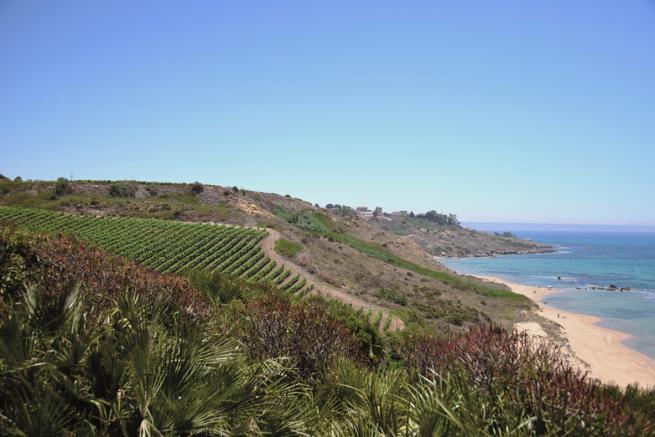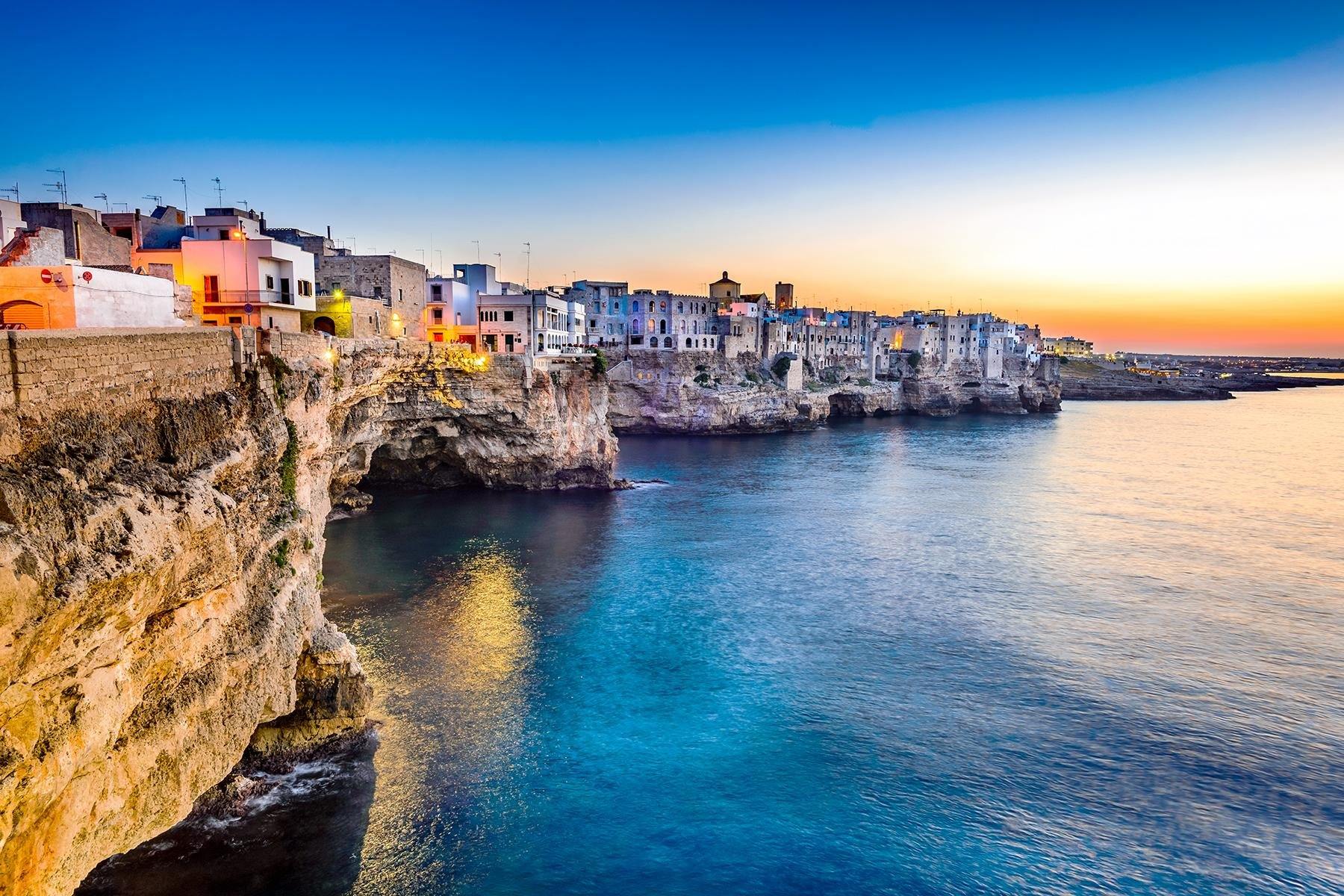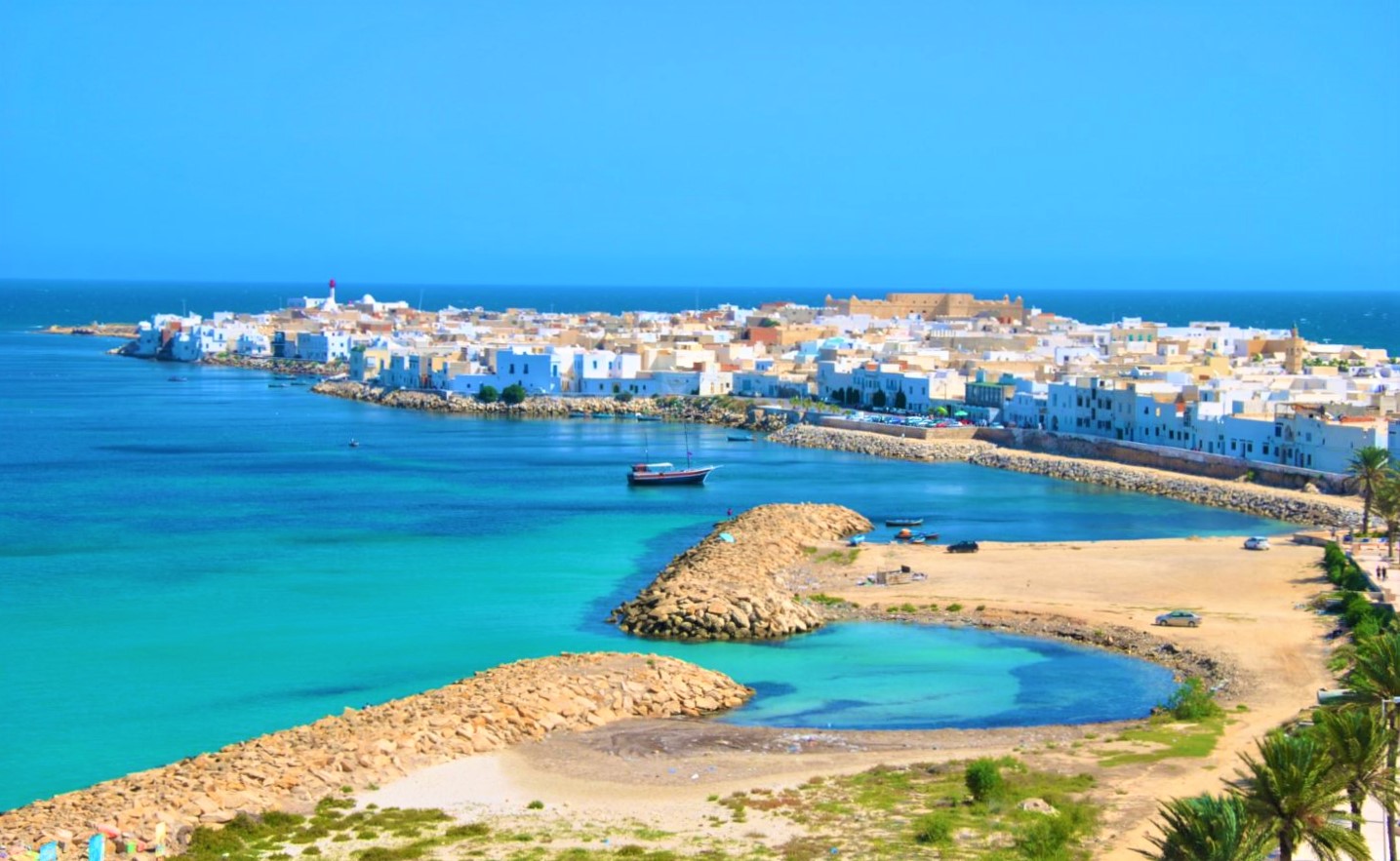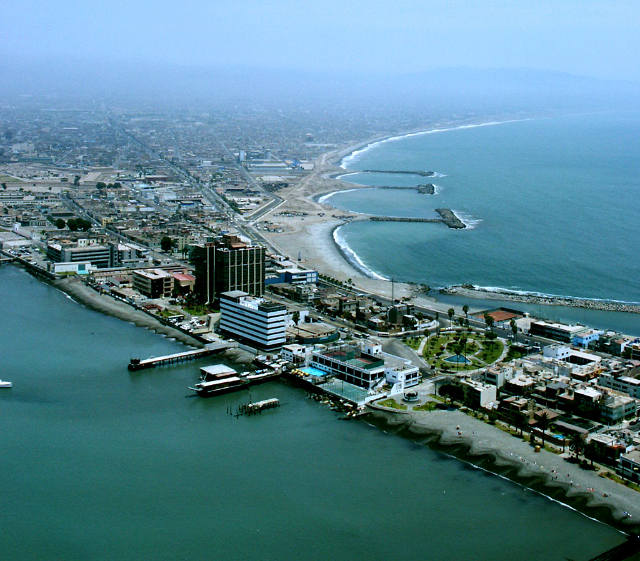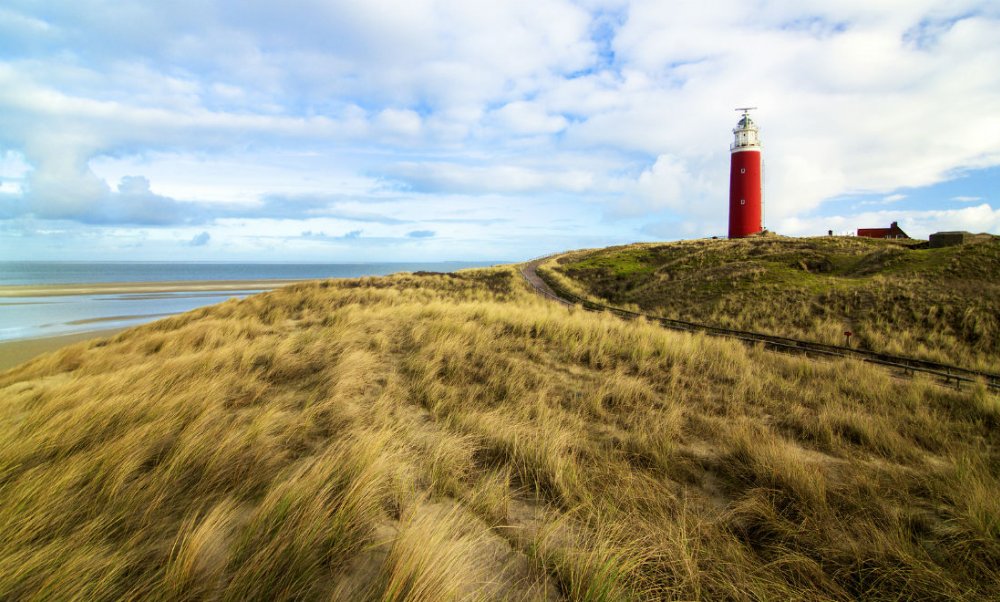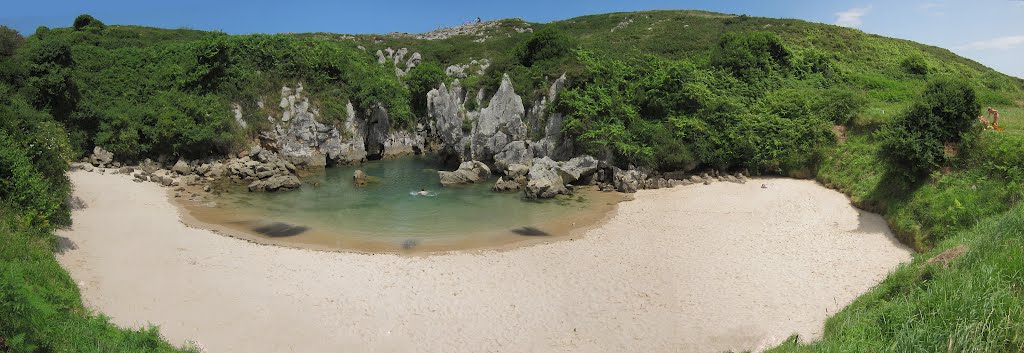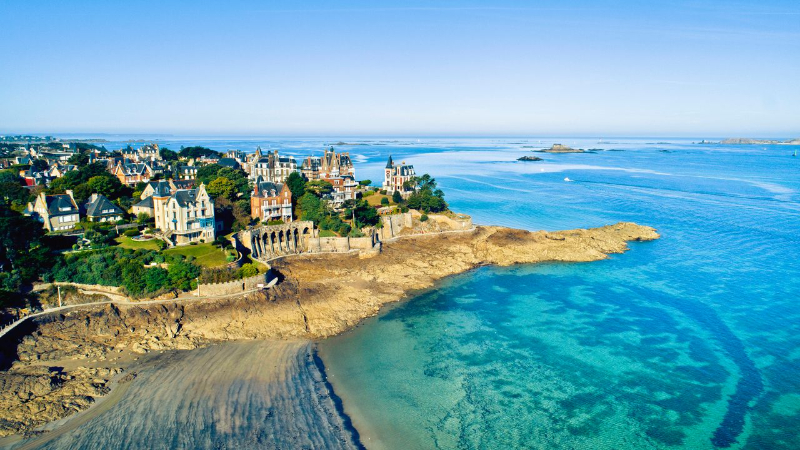Along the south-western coast of Sicily, placed between the area of the Doric temples of Selinunte and the area of the archaeological excavations of Eraclea Minoa, rises the city of Menfi in the province of Agrigento.
The territory is inserted in an area of relevant agricultural interest behind the artificial lakes of Trinity (17.5 million m³) and Orange (32.8 million m³).
The coastal strip of the Municipality of Memphis, which borders the Mediterranean Sea, extends for about 10 km and is characterized by a sandy beach with the presence of the natural phenomenon of dunes. The dunes in fact invade the hinterland for several hundred meters and have characteristics of mobility and inconsistency due to low rainfall, the African heat, and the intensity of the winds. They refer to this band of sandy plateau, the fishing village of Porto Palo and the locality of Lido Fiori.
The constant of these areas is the climate of type "Mediterranean" with average temperature of 26 ° – 28 ° C in July and August and with peaks of 40 ° – 43 ° C
Some historians assume that the city of Inico, seat of the palace of Cocalo king of Sicani, was located near the current village of Porto Palo, considered the eastern port of Selinunte.
It is assumed that in this area landed the Saracens to the conquest of Sicily, where they began to fix their settlements and that the construction of the House of Burgiomilluso in 1239 was performed on a site already occupied by a Saracen village.
After the disappearance of the Muslims in Sicily, the land of Burgiomilluso was left without inhabitants. In 1518, under the Spanish domination, Giovanni Vincenzo Tagliavia obtained from Charles V the privilege to build a farmhouse on the territory of Menfi, but he failed to attract inhabitants, making the project fail. A century later, in 1638, Diego Tagliavia Aragona Pignatelli began the construction of the first urban center of Menfi granting lands to families of peasants of the surroundings and building the first houses. Since 1638 the place will be called Terra di Memphis, which will change in Menfi in 1683, replacing the name of the Frederician fortress: Burgimilluso.
Religious architecture
Mother Church Sant’Antonio di Padova, (destroyed by the earthquake of 1968 and now rebuilt). Started in 1662 and finished after 1700, was elevated to parish in 1705. Its interior consisted of three wide naves and five arches. The church constituted together with the Federiciana tower, the Pignatelli palace and the Palazzo Comunale (1927) one of the main architectural elements that act as a curtain to the town square.
Church of San Giuseppe, erected in 1715 (with the facade adorned with inlays and pilasters and with the bell tower with a triangular plan);
Church of the Purgatory, built between 1739 and 1769 (with rustic facade, is characterized by its site overlooking the neighborhood "Purgatory") is dedicated to the Blessed
Vergine della Consolazione and to Sant’Antonio abate;
Church of Maria Santissima Addolorata, built around 1813, decorated with valuable stuccoes and friezes;
Church and college of Maria Santissima Annunziata, characterized by the tower with the clock and the large college next to and behind the structure;
Church of San Rocco, built around 1851 (with facades decorated with Doric pilasters and entablatures);
Church of the Madonna della Provvidenza, built in the early 19th century on the remains of an ancient chapel and flanked by a stately building with a Gothic facade;
Church of the Beata Vergine del Soccorso, built around 1837, today demolished and rebuilt in modern style in the area.
Adjacent to the Federiciana tower rises the baronial palace Pignatelli which dominates the town square. Built by Diego Aragona Tagliavia, the palace develops around a courtyard and presents a purely feudal typology with annexes for animals and agricultural products. It is inside one of the many courtyards that characterize the urban fabric of Memphis that rises the eighteenth-century building of Palazzo Ravidà, characterized by the facade consisting of a portico with Doric columns in sandstone. One of the most ancient residences is Palazzo Tito, dating back to the 18th century and located in the very central via della Vittoria.
The tower of Porto Palo
Undoubtedly the oldest monument is to be identified in the Swabian Castle built in 1238 by Frederick II of Swabia, perhaps on the ruins of an Arab fortress. Today we only know a Federiciana Tower of irregular shape with four floors and a height of 18,58 meters formed by two quadrangular buildings joined together and leaning against each other for half of the side. The earthquake of January 1968 has completely destroyed the tower. It was rebuilt after the earthquake preserving the ruins and resuming the irregular shape.
In the seafaring village of Porto Palo (hamlet of Menfi), the predominant monument is the tower of anti-corsertification. It is one of the numerous coastal watchtowers built in 1583 in order to defend the Sicilian cities from possible attacks of corsairs. It has a square plant in the shape of a cubic pyramid and it develops on two floors. Today the tower overlooks the village of Porto Polo which overlooks the African sea.
The first human presence on the territory of the current Menfi dates back to the Paleolithic. Appropriate studies and scientific research laboratory carried out by the Superintendence of BB.CC.AA. of Agrigento, on the recent discovery of the necropolis floor of Palazzo Pignatelli, prove the existence of a settlement in the Roman-Byzantine and early Christian.
About 7 000 years ago the area was crossed by bands of hunters. This is testified by the discovery of some quartzite chips worked as rudimental weapons used to kill elephants, whose tusks have also been found. Even if traces dating back to the Neolithic age have been found, the first residential settlements date back to the Bronze and Iron Age (VII – VI century B.C.). The recent archaeological acquisitions emerged from the institutional research conducted on the territory of Memphis and exactly in Montagnoli Belice, have allowed to ascertain the existence of indigenous communities panelleniche, devoted to real agro pastoral and commercial activities since the eighth century BC.
In Montagnoli di Belice (two rocky hills joined by a short saddle), the excavation campaigns of 1987 and 1989 have shown an urban plant of the Iron Age with overlaps that extend up to the fourth century BC.
Within the coastal environment there are some areas of particular naturalistic interest such as:
1) the serrone Cipollazzo, hilly area covered with sand up to the height of 60 m so much to seem a giant dune, it is entirely covered by a thick reed thicket with the presence of plant species in the Mediterranean climate.
2) the hill Capparrina di Mare, covered by a dense and lush vegetation of dwarf palms (Chamaerops humilis), with a lonely and quiet beach that reveals faunal aspects of considerable interest such as sea turtles and herring gulls.
